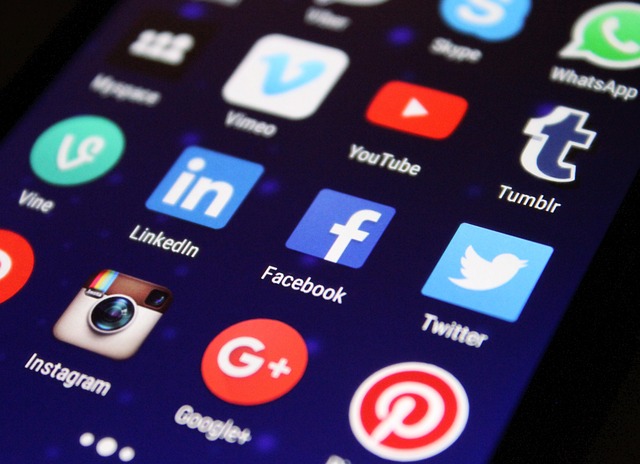In today’s fast-paced digital age, it’s nearly impossible to escape the clutches of multimedia addiction. This addiction isn’t just about excessive screen time; it’s a complex relationship we have formed with our devices, particularly in the realm of social media. As we scroll mindlessly through endless feeds, we often find ourselves trapped in a cycle of instant gratification that social networks fuel.
Social media platforms have an undeniable impact on our lives. Initially designed to connect us, they have transformed into tools that can both unite and isolate us. The dopamine rush we receive from likes, comments, and shares creates a virtual euphoria, leading to increased engagement and, ultimately, dependency. This cycle breeds a sense of urgency that keeps us checking our notifications, often to the detriment of our mental health.
Have you ever found yourself scrolling through your social media feeds while surrounded by friends? This phenomenon, often termed as “phubbing,” showcases how multimedia addiction can create rifts in face-to-face interactions. The irony lies in our desire to connect through screens while simultaneously ignoring those physically present in our lives. This addiction can lead to feelings of loneliness and inadequacy as we compare our reality with the curated highlights of others’ lives.
Moreover, the impact of multimedia addiction stretches beyond personal relationships. The algorithms driving these platforms are designed to keep us engaged, often reflecting our desires and fears back at us. This can skew our understanding of reality and lead to an unhealthy obsession with the digital world, detracting from meaningful experiences and personal growth. The desire to stay updated, connected, and relevant can overshadow our real-life interactions and accomplishments.
It’s essential to recognize the signs of multimedia addiction in our lives. One major indicator is an overwhelming preoccupation with social media, which often results in neglecting responsibilities, hobbies, or even sleep. Many find themselves checking their phones first thing in the morning and last thing at night. These habits can create a toxic loop, making it increasingly challenging to disconnect and rejuvenate our minds.
To combat multimedia addiction, it’s crucial to establish boundaries. One effective strategy is the use of “digital detox” periods—designated times where we completely unplug from social media. This can help us rediscover passions long forgotten amidst constant digital noise. By curating our feeds to include only positive and inspiring content, we can begin to reshape our perception and reduce feelings of inadequacy associated with social media.
Acknowledging the grip of multimedia addiction is the first step toward regaining control of our digital lives. By becoming more mindful of our interactions with technology, we can channel our energy into fulfilling real-world connections and experiences. Instead of allowing social media to dictate our emotional states, we can choose to foster genuine relationships and find joy in moments away from the screen. As we delve deeper into understanding the effects of multimedia addiction, let’s strive for a healthier balance between our digital engagements and our real-life experiences.




